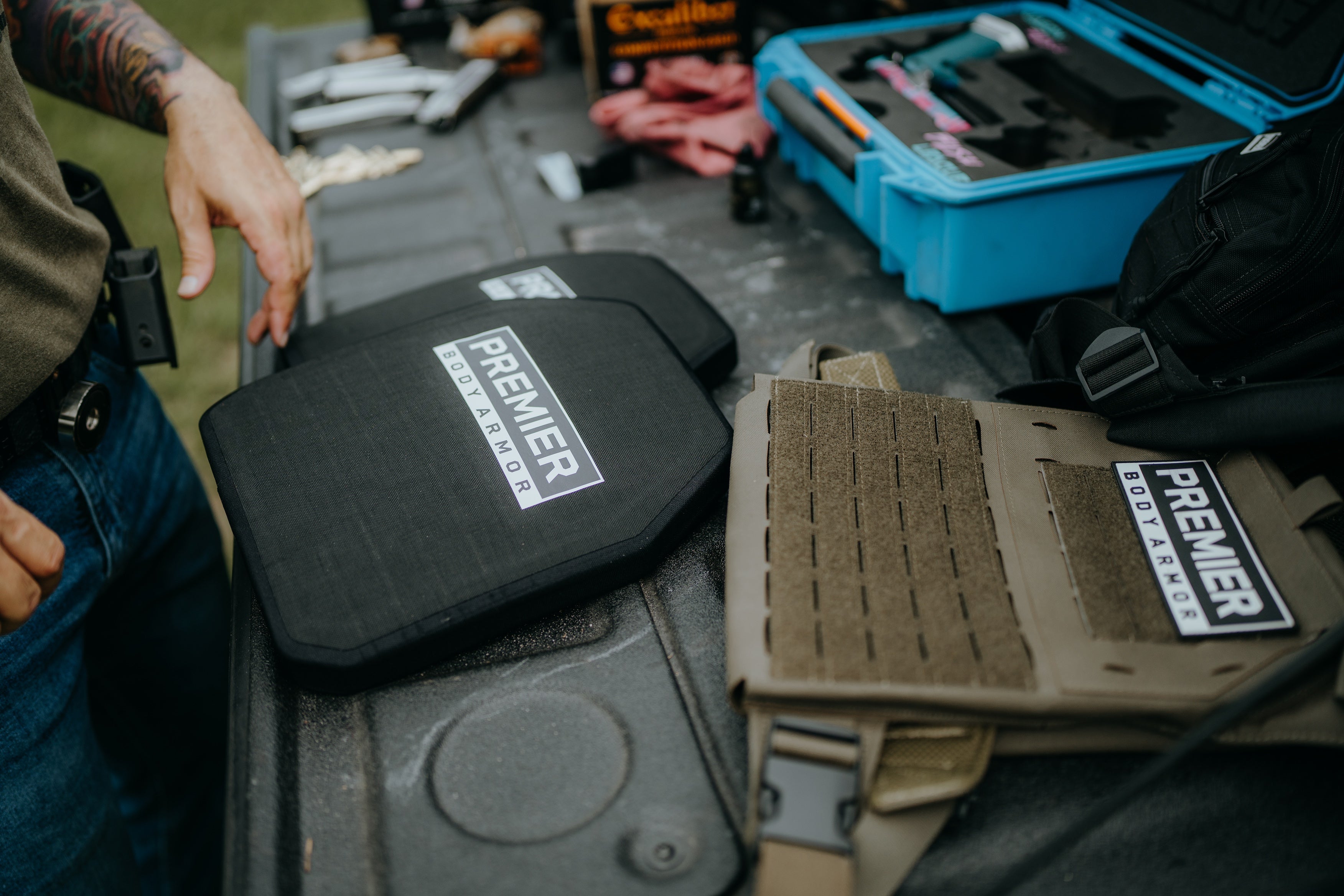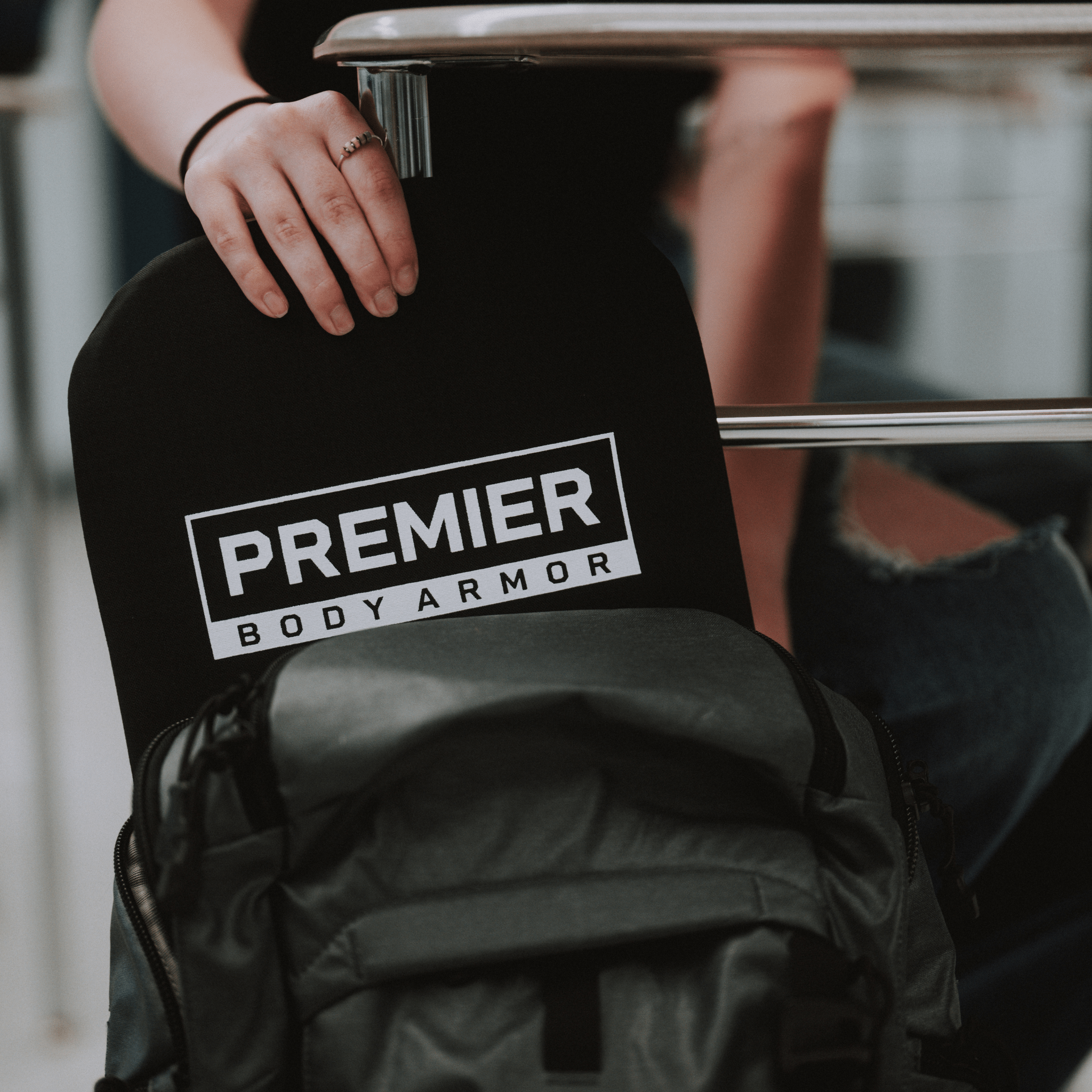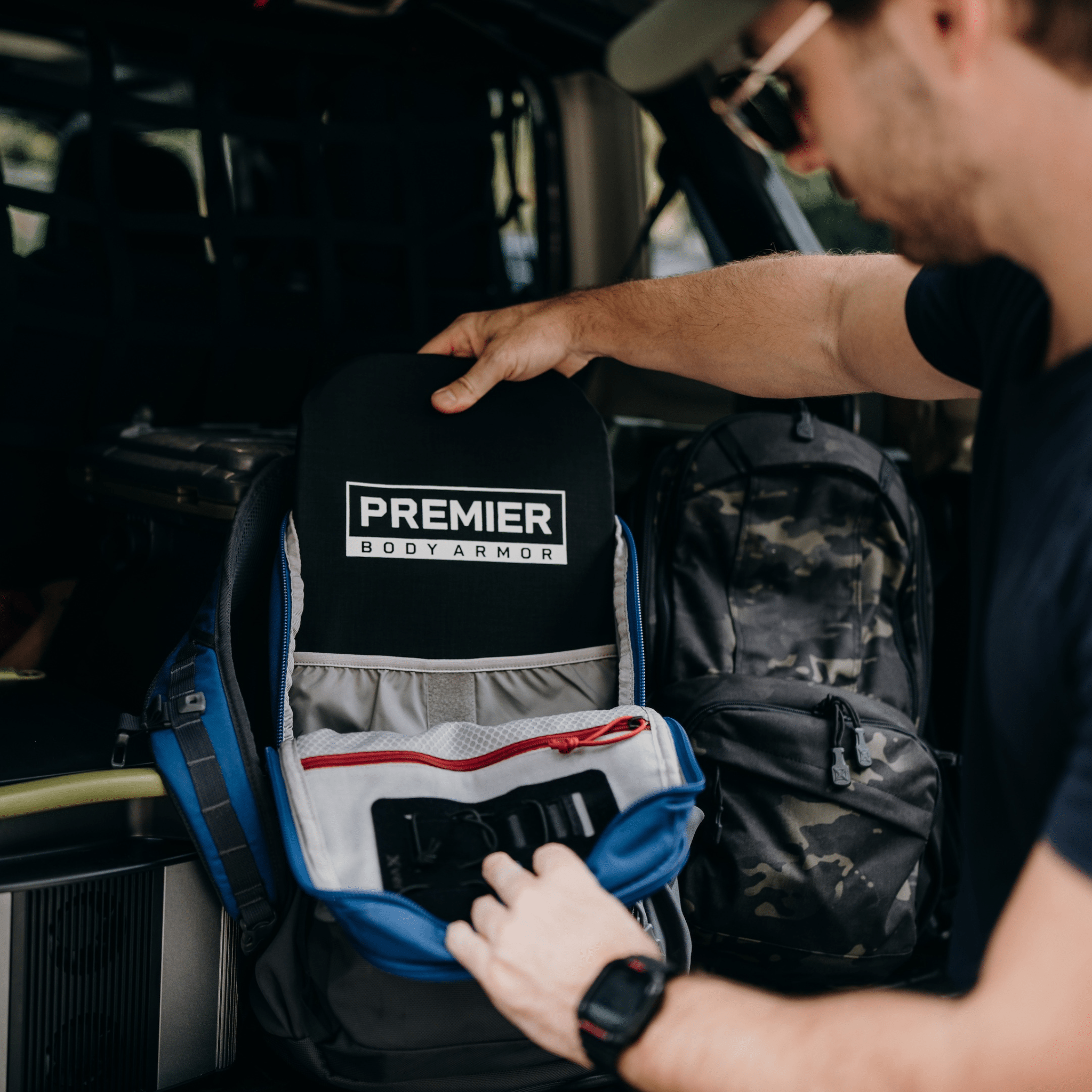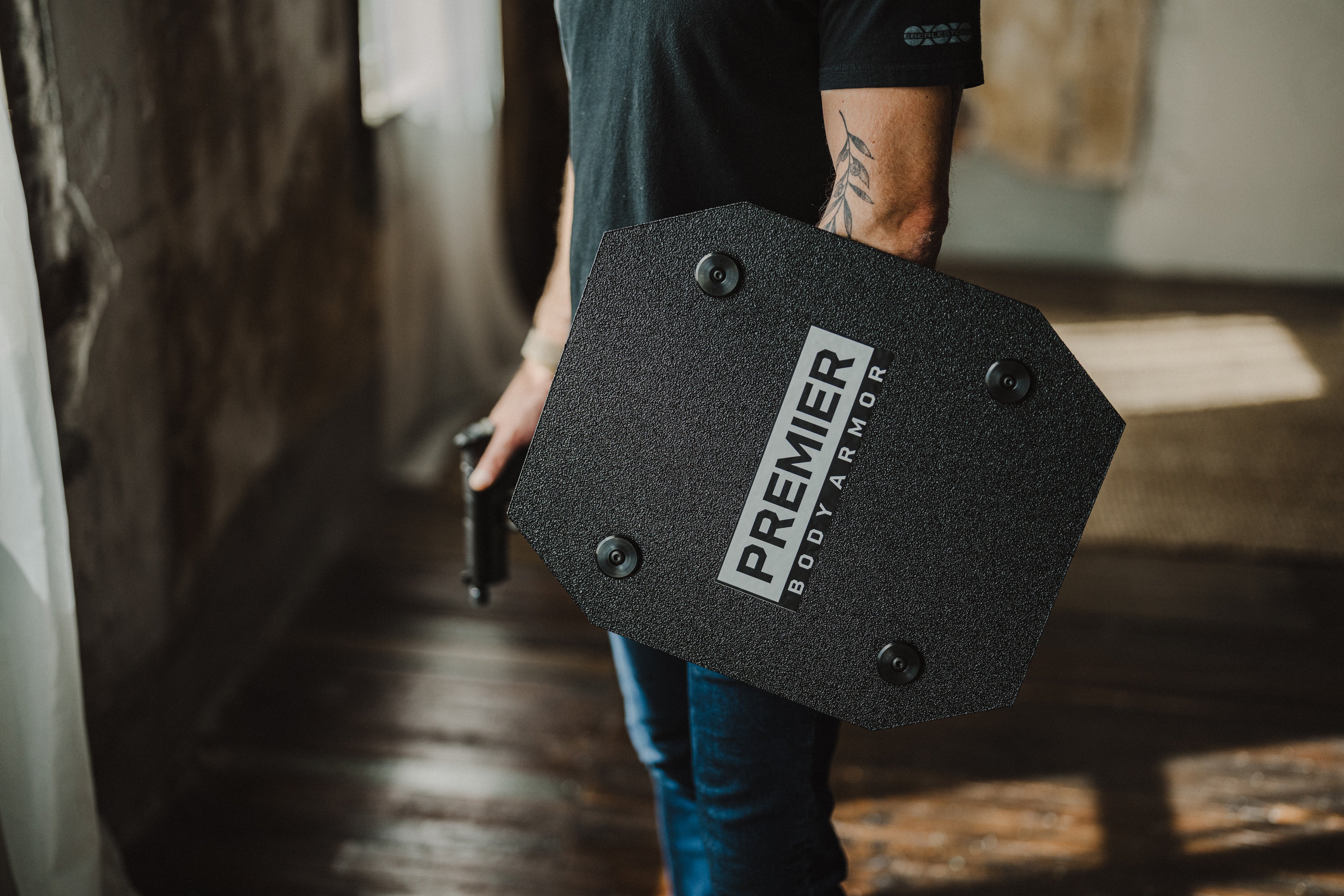Staying Safe as a Solo Traveler: Tips to Travel with Confidence
Traveling alone can be one of the most rewarding experiences you’ll ever have. It gives you the freedom to explore at your own pace and discover just how capable you are. In some ways, it also makes the connections you form with other people and cultures deeper and more meaningful.
However, let’s be honest, solo travel also brings some pretty unique challenges. You’re responsible for your own safety, navigation, accommodations, and decision-making at every turn. That can be more than a little daunting, especially if you’ve never traveled alone before. The good news is that it doesn’t have to keep you from getting out there by yourself.
With the right preparation and mindset, you can travel confidently, knowing you’re ready for whatever comes your way. This guide covers the best solo travel safety tips to help you feel ready to fully enjoy the journey.
At A Glance
Plan first: research advisories, local norms, routes, and emergency numbers.
Keep a low profile: minimize valuables, blend in with the locals, and trust your gut.
Layer your defenses: hotel safety habits, smart travel safety gear, and check-ins with a trusted contact.
Is Solo Travel Safe?
Yes, with preparation and awareness of where you’ll be traveling and the risks that you might face in those areas.
Millions of people travel alone every year, from seasoned backpackers to first-time adventurers. The keys to safe solo travel are planning, using common sense, and understanding your environment.
Risks do exist, of course. Petty theft, natural disasters, scams, and feeling vulnerable in unfamiliar places are things you may have to deal with. But those risks don’t have to define your trip. Choosing well-reviewed accommodations, having the right travel safety gear, staying connected to friends or family, and trusting your instincts go a long way.
It is also helpful to check routes before you leave, share plans with a contact, and keep your phone charged (plus have a backup power bank). Confidence and basic solo travel safety habits reduce most problems before they start.
Before You Go: Safety Planning for Solo Travel
What safety planning should you do before a solo trip? It starts before you ever leave home. Creating a plan doesn’t need to be complicated. Your goal here should be making smart choices early so you can relax later.
Use these solo travel safety tips to your advantage:
- Start by researching your destination thoroughly.
- Learn about local customs.
- Check out transportation options.
- Dig into reviews and guides - a quick Google or ChatGPT search can help you find the safest neighborhoods (and ones to avoid).
Also helpful is packing strategically, ideally in a carry-on, if possible. The smaller size improve mobility. Keep printed copies of your important documents (passport, IDs, insurance, etc.) in separate places.
To get around the area, use your phone's offline maps and download language translations before you travel. It's also a good idea to share your itinerary with a trusted friend or family member, and set up check-in times so someone always knows where you are.
Don’t forget to read up on local laws and emergency numbers. A little preparation can prevent a lot of stress later. For a deeper dive into preparation, check out our guide to international travel safety tips. It’s a great resource for anyone planning to go abroad and looking for additional safety tips for solo travelers.
Key Considerations for Staying Safe While Traveling Alone
Staying alert without being anxious helps you stay safe while feeling free enough to explore the areas where you’ll be traveling. These solo travel safety tips will help you navigate confidently, whether you’re exploring city streets or rural trails.
- Keep your valuables to a minimum. Bring only what you need each day and leave the rest secured at your accommodation.
- Blend in as much as possible; avoid flashy jewelry or expensive-looking accessories that might draw unwanted attention. Learn what the locals wear, then copy it as much as possible to stay under the radar.
- Trust your intuition. If something feels off (whether it’s a location, a person, or a situation), listen to that instinct and walk away.
Of course, there are certain things you should pay more attention to during your planning and prep. Let’s break down two important areas where your safety choices matter most: where you stay and what you carry.
Hotel and Accommodation Safety Tips
Your accommodation is your home base while traveling, and keeping it secure is central to staying safe while getting out on your own. When booking, read reviews carefully, especially from other solo travelers. Look for properties in well-lit, populated areas, close to transportation and essential services.
When you check in, avoid sharing your room number aloud, and make sure no one overhears it. Once inside, lock the door and use any additional security features, like a deadbolt or chain. If something doesn’t feel right about your room’s location, say, it’s too isolated or has easy outside access, ask to be moved.
When you head out, leave a light or TV on to make it look like someone’s inside. Keep your valuables in a secure place, preferably a safe or a locked suitcase. Most hotels have safes in the rooms, but that’s not always true for rentals, hostels, and other types of accommodations.
Hotel safety is about creating layers of protection and awareness, not paranoia. With a few precautions, your room can be as secure as your own home.
Essential Safety Items for Solo Travelers
Packing the right gear can make a big difference. Some safety items for solo travelers are small but powerful aids that add an extra layer of confidence. However, some end up just being useless items that add weight to your suitcase.
The golden rule of solo travel packing is this: pack light and take only what’s truly necessary. You don’t need multiple suitcases with several changes of clothes for every day of your stay. So, what should you pack?
Start with the basics: a portable door lock or doorstop alarm for hotel rooms, a discreet money belt, and a small first-aid kit. Consider carrying a personal alarm or whistle; something that makes noise if you ever need to draw attention quickly.
Depending on your destination, you might also want travel safety gear designed for personal protection. For instance, our guide on traveling with body armor offers some important insights on how to stay safe without sacrificing comfort or compliance. Lightweight, concealable options can give you a lot of peace of mind in higher-risk areas.
Above all, choose gear that fits your comfort level and the type of trip you’re taking. The best safety equipment is the kind you’ll actually use.
Safest Destinations for Solo Travelers
Choosing the right destination can make a huge difference in how comfortable and safe you feel. Fortunately, there are plenty of safe countries to travel solo, places known for their friendly locals, stable government, reliable infrastructure, and low crime rates. If it is your first solo run, pick places that make logistics easy.
For first-time solo travelers, destinations like Japan, Iceland, Portugal, and New Zealand consistently rank among the most safe places to travel solo. These countries offer excellent public transportation and English-friendly services. Scandinavian nations like Denmark and Norway are also great choices that combine safety and friendly locals with stunning natural beauty.
However, remember that “safe” doesn’t always mean “boring.” Even bustling cities like Singapore and Toronto are known for being both exciting and relatively safe if you know what you’re doing. The key is to understand local norms, respect cultural etiquette, and stay aware of your situation and surroundings.
Safety varies by neighborhood in any country, so check official advisories, local forums, and recent traveler reviews for context.
Solo Travel Safety Tips for Women
Safe solo travel for women can add another layer because the risks and experiences can differ from those of male travelers. Women can be at risk for different threats than their male counterparts are.
Start with research. Join online communities or forums for solo female travelers and read destination-specific advice. Dress in a way that aligns with local customs to avoid unwanted attention. Stay alert in public spaces, especially at night, and avoid sharing too much personal information with strangers. Not everyone who seems friendly is actually your friend.
Technology can also be a powerful ally during solo travel. Use location-sharing apps with trusted contacts (especially trusted people in the immediate area) and choose transportation services with verified reviews.
Wait to post about your trip on social media. While a great way to share your travels with friends, it's also a calling card letting people know you aren't home, and letting them know your location in real time. If you have to post, be sure your account is private, at least while you are on your trip.
For an extra layer of security, our female concealable armor vest offers discreet protection designed specifically for women. Even if you never need it, having it can boost your confidence in uncertain environments.
Ultimately, solo female travel safety is about balance - staying alert without letting fear limit the experiences.
Travel Safe and Enjoy the Journey
Caution is important during any type of travel, but how do you balance caution with enjoying the trip? At its core, solo travel safety is about the confidence and freedom you experience when you can do it on your own. When you know you’ve planned well and can handle challenges, you’re free to focus on what matters most: the adventure itself.
Traveling alone teaches resilience, self-confidence, and adaptability, and it builds trust in your own capabilities. You’ll learn to read situations, make smart decisions, and enjoy your independence in ways that group travel rarely provides.
Embrace the journey, but take your safety seriously. Carry only what you'll use, trust your intuition, and always let someone know your plans. Practice situational awareness as you go about your day, just as you would at home.
Traveling alone can be both safe and transformative when you approach it with preparation and confidence.
Here’s to an Amazing Solo Trip!
Solo travel is about freedom, but that starts with feeling safe and prepared. With a little preparation, a few smart tools, a solid understanding of what to do and what to avoid, and a clear plan, you can explore the world without hesitation. Remember: awareness is your best defense, and confidence is your best companion.
Ready to plan your next adventure with safety in mind? Add the right safety gear to your trip, and you’ll have everything you need to travel the world confidently, one solo trip at a time.
FAQs
What are the top three safety tips for solo travelers?
Plan your first 24 hours - routes, lodging, and food. Share your itinerary and check-in cadence with a trusted contact. Keep a low profile by minimizing valuables and blending in with locals.
Is solo travel safe in big cities?
Yes, with prep. Pick well-reviewed areas near transit, follow basic hotel safety, and use rideshare or public transit with verified reviews.
What safety items actually make a difference?
Phone with offline maps, compact power bank, personal alarm or whistle, a travel door lock or wedge, and a small first-aid kit. Add low-profile protection, like backpack armor, for added security.
How can women add an extra layer of confidence?
Use location sharing, choose vetted transport, and consider discreet protection designed for women to balance comfort and mobility.
Should I carry my passport everywhere?
Usually no. Carry a copy and secure the original in a safe or locked bag at your lodging unless local rules or your day’s plan require the original.










Leave a comment